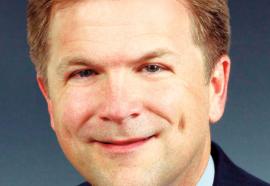Nuclear Fuel Future
Nuclear power cost projections should incorporate fuel cost uncertainties.
Nuclear fuel cost projections typically consist of current reported costs that are escalated at the rate of inflation. These projections usually consist of a single estimate in each year. In the past, when nuclear fuel costs were low and declining, this approach was acceptable and may have even been conservative. But this approach is likely to understate projected nuclear fuel cost when nuclear fuel costs are increasing.









